The 25th Annual S. Dexter Squibb Distinguished Lecture Series in ChemistryFeaturing: Dr. Theodore Goodson IIIThe Richard Barry Bernstein Collegiate Professor…
Category: chemistry – Page 154
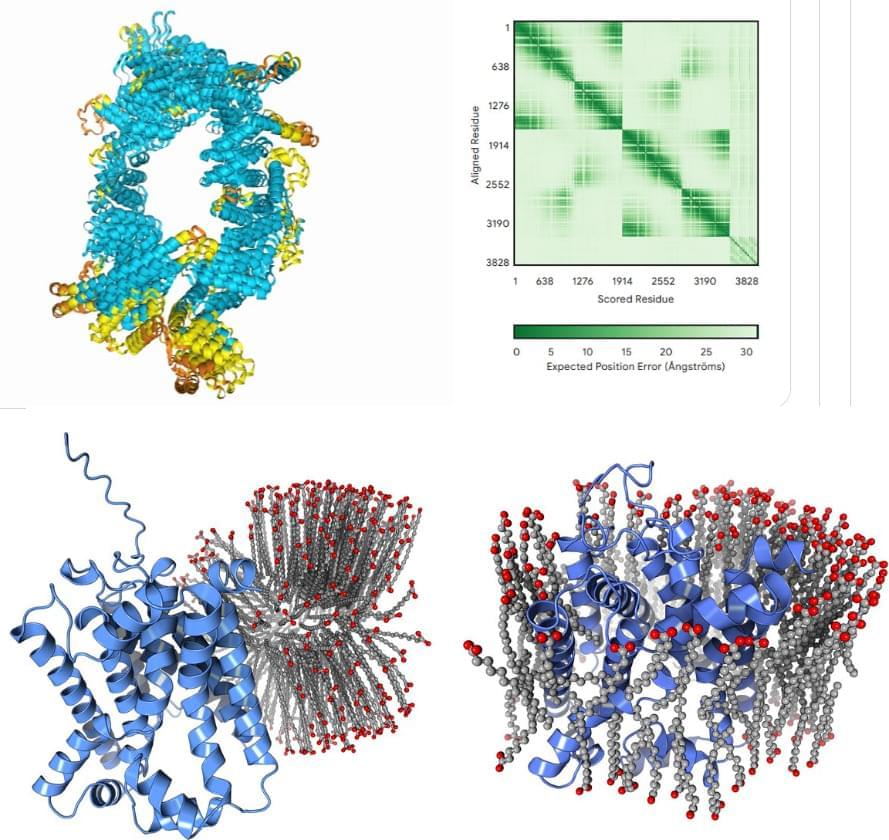

Calcium oxide’s quantum secret: nearly noiseless qubits
Calcium oxide is a cheap, chalky chemical compound commonly used in the manufacturing of cement, plaster, paper, and steel. But the material may soon have a more high-tech application.
UChicago Pritzker School of Molecular Engineering researchers and their collaborator in Sweden have used theoretical and computational approaches to discover how tiny, lone atoms of bismuth embedded within solid calcium oxide can act as qubits — the building blocks of quantum computers and quantum communication devices.
These qubits are described in Nature Communications (“Discovery of atomic clock-like spin defects in simple oxides from first principles”).

Editing without ‘cutting’: Molecular mechanisms of new gene-editing tool revealed
Joint research led by Yutaro Shuto, Ryoya Nakagawa, and Osamu Nureki of the University of Tokyo determined the spatial structure of various processes of a novel gene-editing tool called “prime editor.” Functional analysis based on these structures also revealed how a “prime editor” could achieve reverse transcription, synthesizing DNA from RNA, without “cutting” both strands of the double helix. Clarifying these molecular mechanisms contributes greatly to designing gene-editing tools accurate enough for gene therapy treatments. The findings were published in the journal Nature.
The 2020 Nobel Prize in Chemistry was awarded to Jennifer Doudna and Emmanuelle Charpentier for developing a groundbreaking yet simple way to edit DNA, the “blueprint” of living organisms. While their discovery opened new avenues for research, the accuracy of the method and safety concerns about “cutting” both strands of DNA limited its use for gene therapy treatments. As such, research has been underway to develop tools that do not have these drawbacks.
The prime editing system is one such tool, a molecule complex consisting of two components. One component is the prime editor, which combines a SpCas9 protein, used in the first CRISPR-Cas gene editing technology, and a reverse transcriptase, an enzyme that transcribes RNA into DNA. The second component is the prime editing guide RNA (pegRNA), a modified guide RNA that identifies the target sequence within the DNA and encodes the desired edit. In this complex, the prime editor works like a “word processor,” accurately replacing genomic information. The tool has already been successfully implemented in living cells of organisms such as plants, zebrafish, and mice. However, precisely how this molecule complex executes each step of the editing process has not been clear, mostly due to a lack of information on its spatial structure.
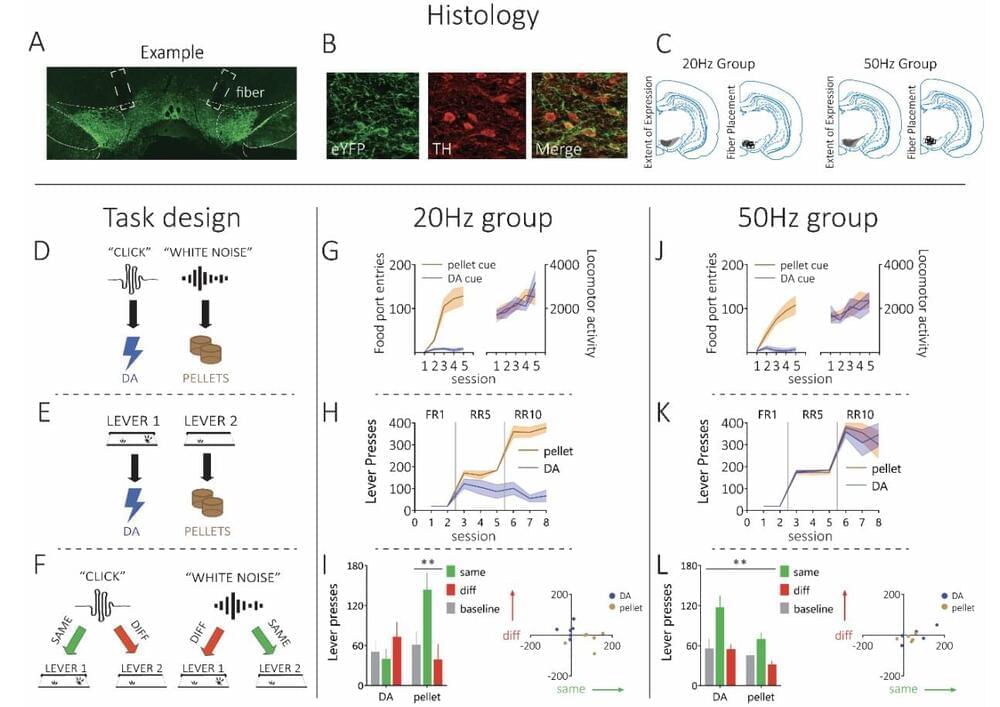
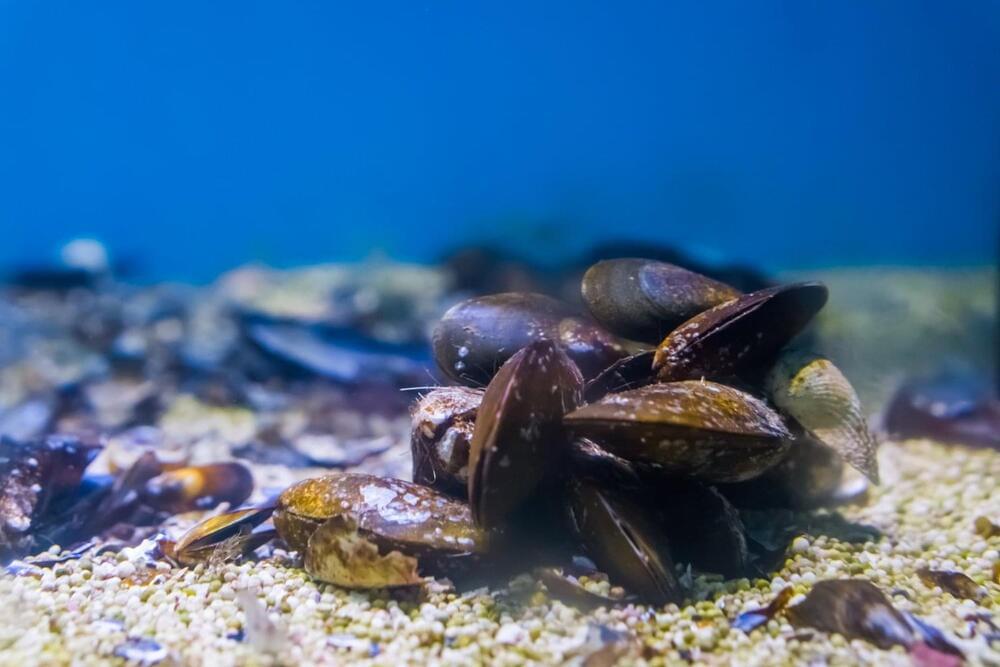
Mussel-Inspired Technique Paves Way for Efficient Nanoparticle Assembly
Nanoscale materials offer remarkable chemical and physical properties that transform theoretical applications, like single-molecule sensing and minimally invasive photothermal therapy, into practical realities.
The unparalleled features of nanoparticles make them promising for various research and industrial uses. However, effectively using these materials is challenging due to the absence of a rapid and consistent method to transfer a uniform monolayer of nanoparticles, a crucial step in device manufacturing.
One potential solution to this challenge lies in electrostatic assembly processes, where oppositely charged nanoparticles adhere to a surface, forming a monolayer that repels other similarly charged particles from attaching further. While effective, this process is often slow. Nature provides an innovative model to address this limitation through underwater adhesion strategies, which have evolved to circumvent similar problems.
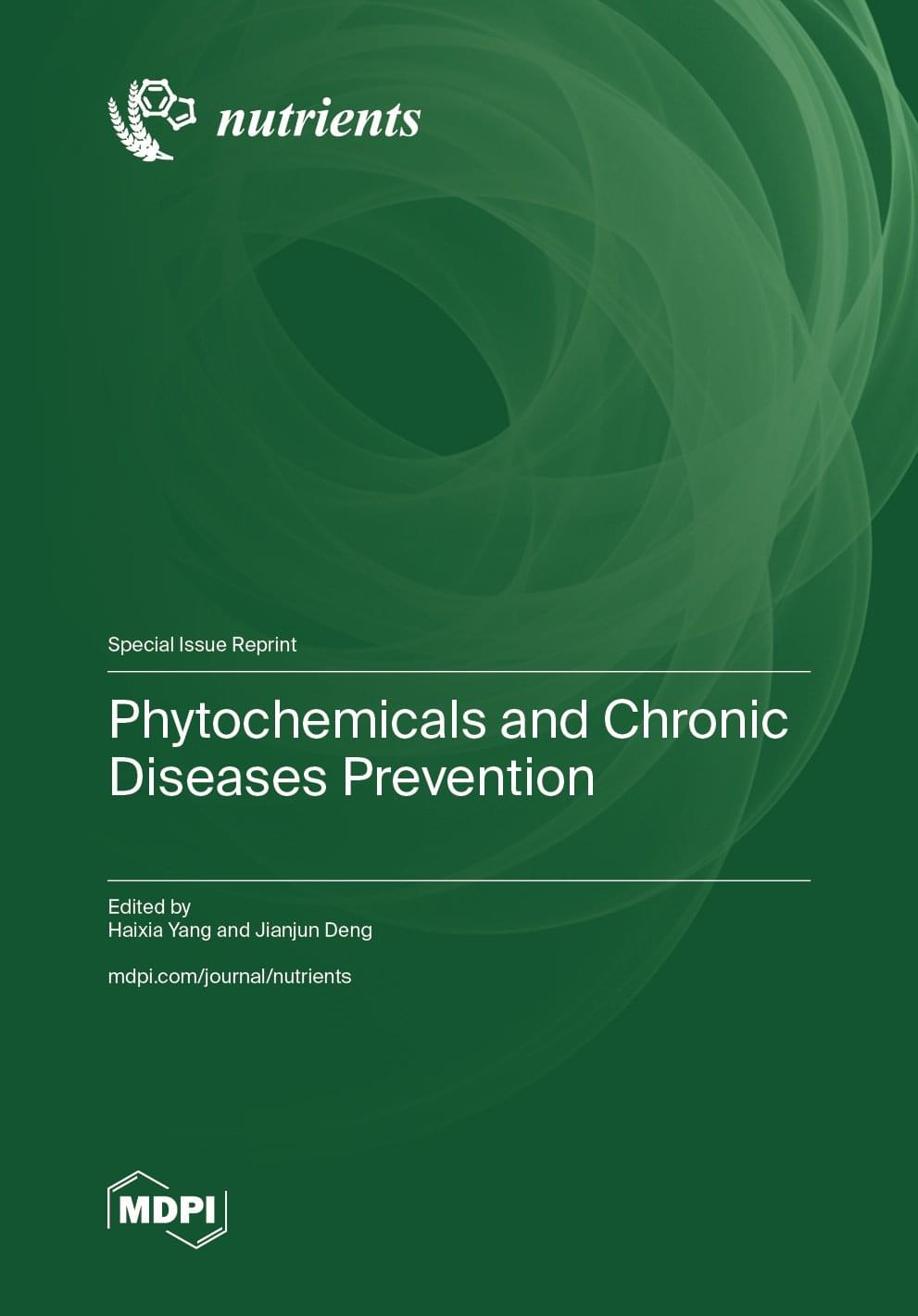
Phytochemicals and Chronic Diseases Prevention
With over 37,000 views, this special issue discusses the relationship between phytochemicals and chronic disease prevention, aiming to promote the development of this field.
The special issue focuses on phytochemicals’ isolation, identification, structure–activity relationships, bioactivities, and…
This Special Issue, entitled Phytochemicals and Prevention of Chronic Diseases, features a series of high-quality research articles that explore the isolation, identification, and bioactivities of phytochemicals, as well as the underlying molecular mechanisms implicated in chronic diseases via antioxidation, neuroprotection, and the modulation of the gut microbiota.
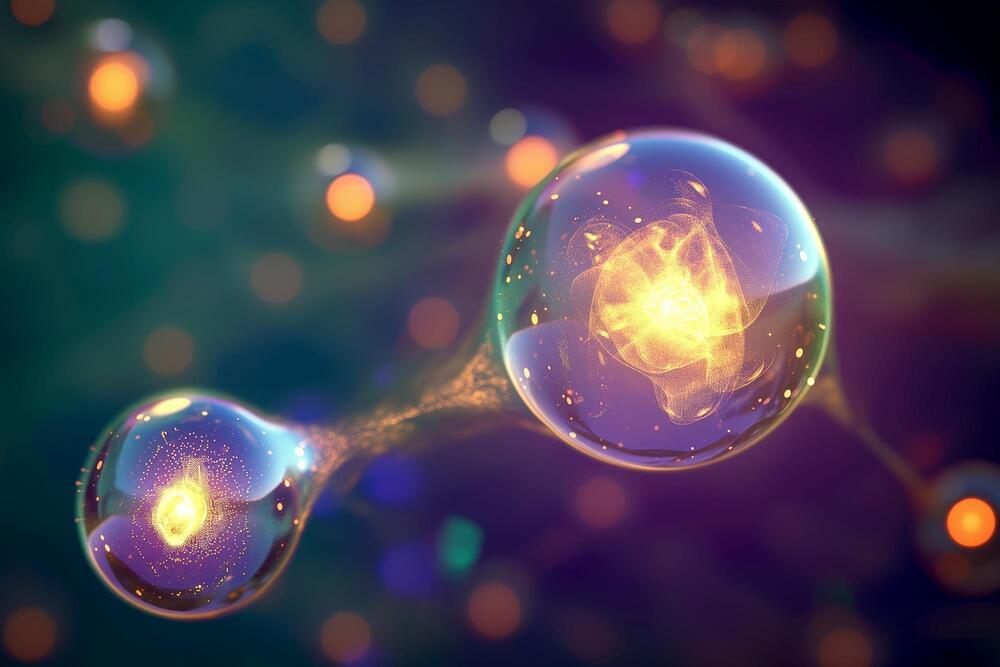
New Quantum Dot Technology Improves Solar Cell Efficiency
A research team has developed a novel “pulse-shaped” light method to enhance the electrical conductivity of PbS quantum dot solar cells. This new technique, which replaces the lengthy traditional heat treatment process, generates substantial energy at regular intervals, significantly improving efficiency and addressing defects caused by light, heat, and moisture exposure. PbS quantum dots, known for their wide absorption range and low processing costs, are now more viable for commercial use. This advancement is expected to facilitate the broader application of quantum dot technology in optoelectronic devices. Credit: SciTechDaily.com.
A research team headed by Professor Jongmin Choi from the Department of Energy Science and Engineering at Daegu Gyeongbuk Institute of Science and Technology has successfully developed a “PbS quantum dot” capable of quickly improving the electrical conductivity of solar cells. This collaborative effort involved Professor Changyong Lim of the Department of Energy Chemical Engineering at Kyungpook National University, led by President Wonhwa Hong, and Professor Jongchul Lim from the Department of Energy Engineering at Chungnam National University, under the leadership of President Jeongkyoum Kim.
The team identified a method to enhance electrical conductivity through the use of “pulse-shaped” light, which generates substantial energy in a concentrated manner at regular intervals. This method could replace the heat treatment process, which requires a significant amount of time to achieve the same result. This approach is expected to facilitate the production and commercialization of PbS quantum dot solar cells in the future.

New molecule found to suppress bacterial antibiotic resistance evolution
Researchers from the University of Oxford have developed a new small molecule that can suppress the evolution of antibiotic resistance in bacteria and make resistant bacteria more susceptible to antibiotics. The paper, “Development of an inhibitor of the mutagenic SOS response that suppresses the evolution of quinolone antibiotic resistance,” has been published in the journal Chemical Science.